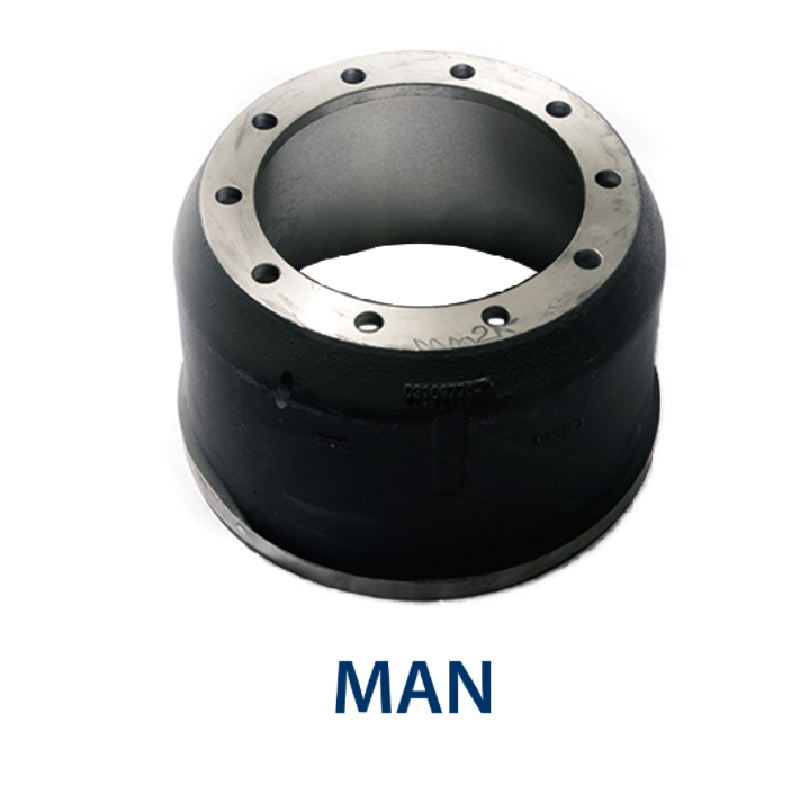Jul . 27, 2024 14:40 Back to list
Understanding the Appearance and Design Characteristics of Brake Drums in Automotive Systems
What Do Brake Drums Look Like?
Brake drums are an integral component of many vehicles, particularly those equipped with drum brake systems. Understanding what they look like can provide valuable insight into how they function and how to maintain them effectively.
A brake drum is typically a cylindrical component made of cast iron or aluminum. When you look at it, imagine a round metal housing that resembles an oversized metal barrel, albeit more compact and with a wider diameter. The outer surface is often smooth but can show signs of wear and tear, such as grooves or surface pitting, especially in older or heavily-used vehicles.
What Do Brake Drums Look Like?
In terms of size, brake drums can vary considerably depending on the vehicle type. Smaller cars generally have smaller drums, while trucks and larger vehicles may have significantly larger drums to accommodate higher braking loads. Typically, you can find brake drums ranging from about 8 inches to over 15 inches in diameter. The substantial size helps dissipate heat generated during braking, preventing the brake system from overheating.
what do brake drums look like

A critical feature of brake drums is their ventilation. Many modern brake drums are designed with cooling fins or slots on the exterior, which helps to dissipate heat more effectively. This design becomes especially important during heavy braking, such as in mountainous terrain or during emergency stops, where heat build-up could lead to brake fade and diminished performance.
In addition to the main drum itself, there are a few other components associated with brake drums that are worth noting. These include the brake shoes, which are curved pieces of material that press against the drum, and the wheel cylinder, which contains pistons that push the shoes outwards. The entire assembly works as a cohesive unit, which explains why proper inspection and maintenance of each part are crucial for optimal braking performance.
On the outside, you may notice that brake drums typically have a painted or coated finish to protect against rust and corrosion. This is especially important considering that they are exposed to environmental elements like moisture and salt from the roads. Over time, this protective coating can wear off, making regular inspections important. Any signs of rust or significant wear might indicate that the drums need to be replaced or serviced.
When looking at brake drums, it's essential to recognize that they are not only functional components but also reflect the vehicle's overall health and safety. Regular checks and maintenance can prevent brake failure and ensure smoother driving experiences.
In summary, brake drums are cylindrical components that sit behind the wheels of many vehicles. They feature a rough interior surface for friction, can vary significantly in size, and are designed for effective heat dissipation. Understanding their appearance and function leads to better vehicle maintenance, ensuring that drivers remain safe on the road.
-
Scania Brake Drums: OEM Quality for Optimal Safety & Durability
NewsAug.16,2025
-
R.V.I: Advanced Remote Visual Inspection for Precision
NewsAug.15,2025
-
Discover HYUNDA: Innovative Vehicles, Equipment & Solutions
NewsAug.14,2025
-
R.V.I: Unlock Advanced Insights & Real-time Performance
NewsAug.13,2025
-
Kamaz Brake Drum: Durable & Reliable for Heavy Duty Trucks
NewsAug.12,2025
-
Heavy Duty Iveco Brake Drum - Premium Quality & Safety
NewsAug.11,2025
